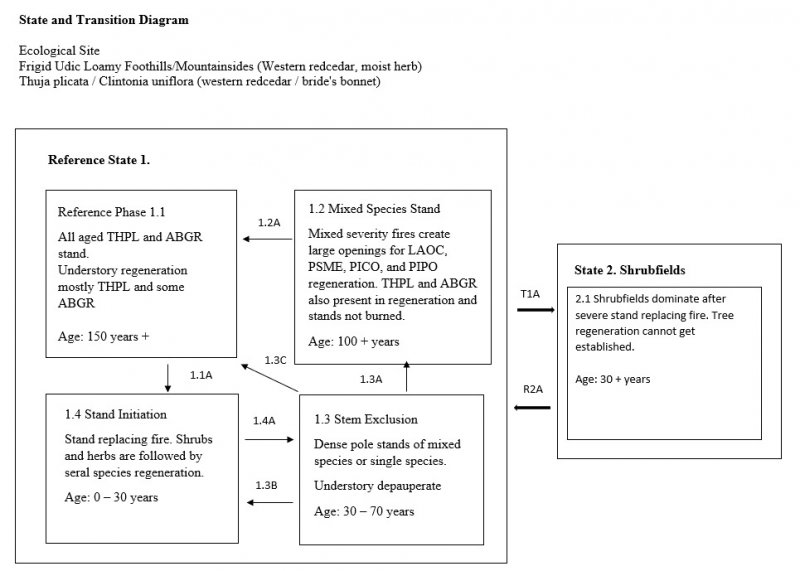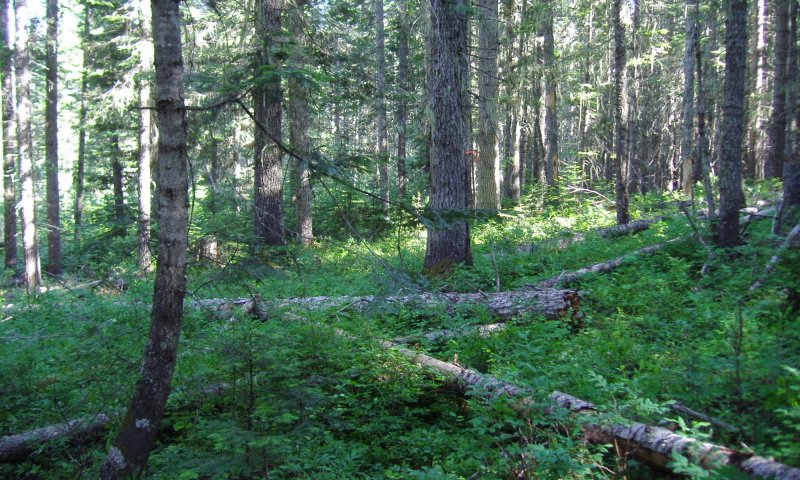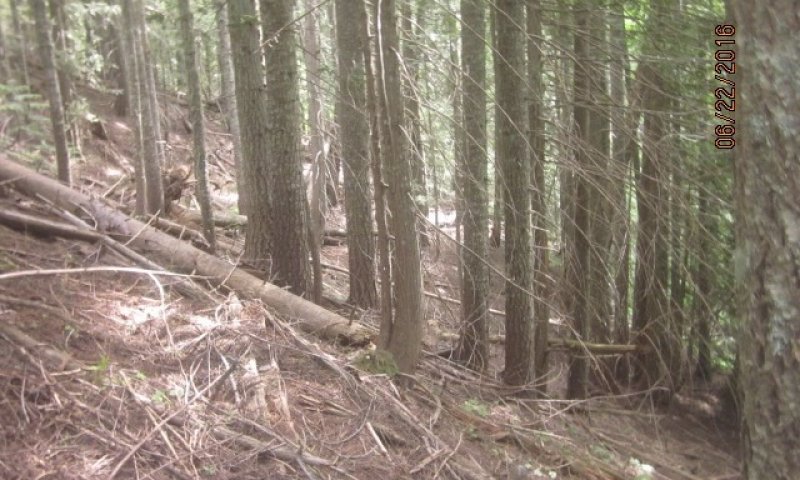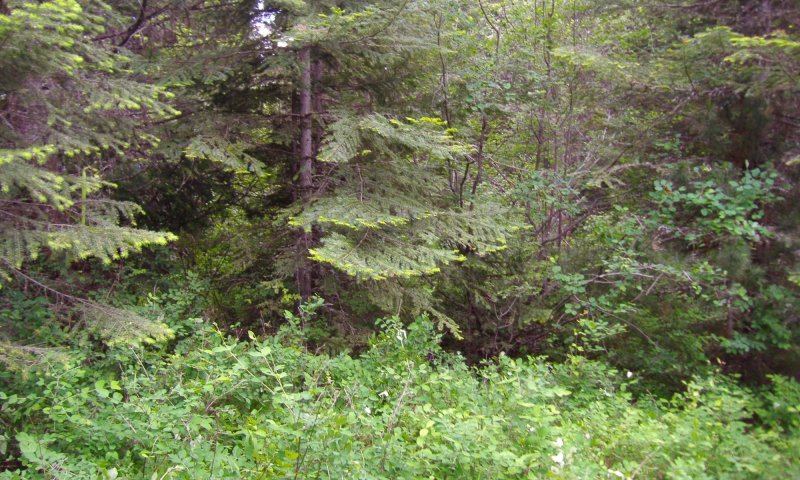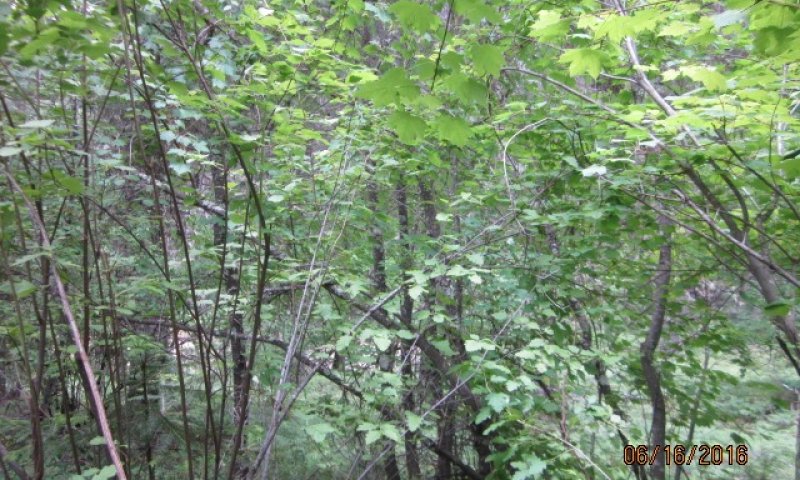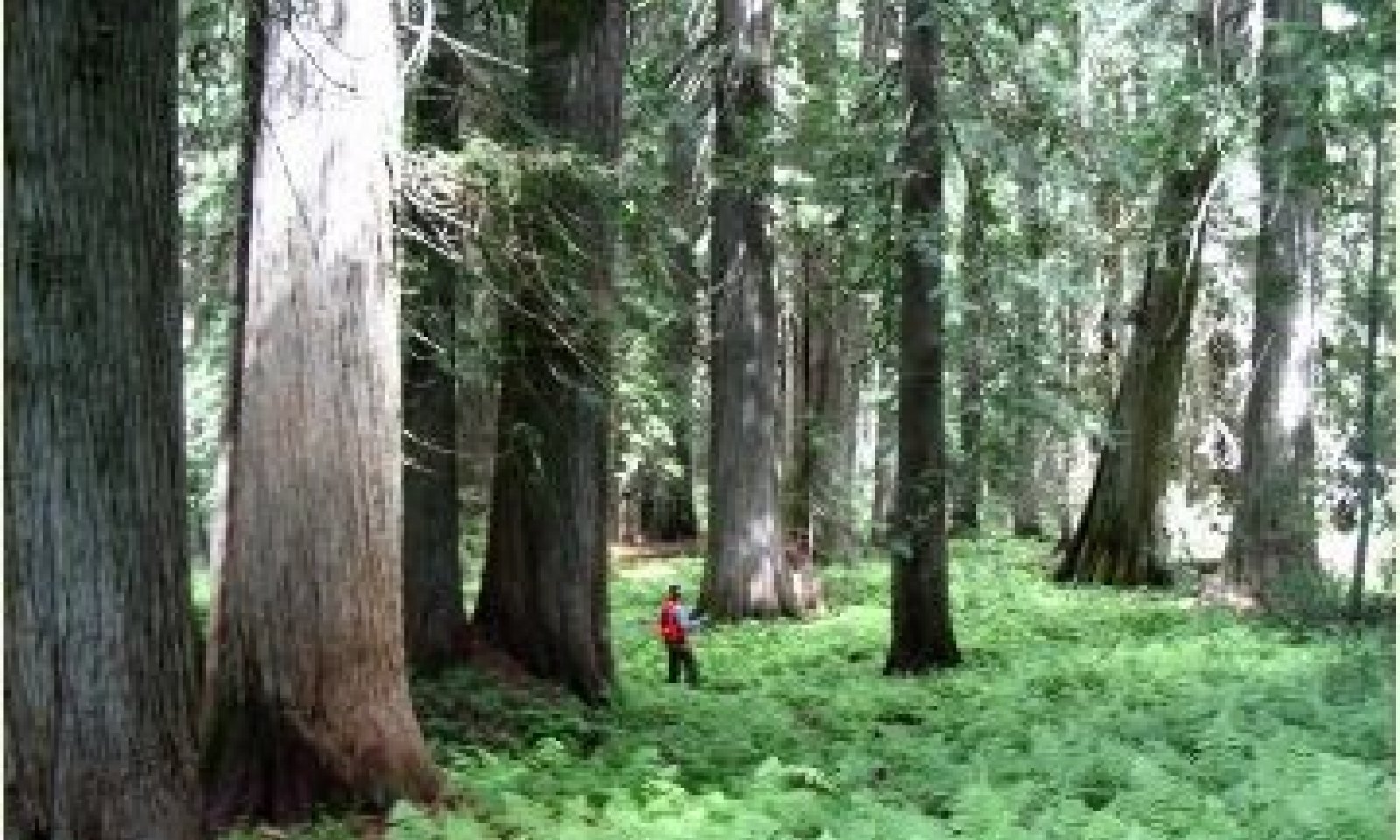

Natural Resources
Conservation Service
Ecological site F043AY576ID
Warm-Frigid, Udic, Unglaciated, Loamy, High Water Table (western redcedar/moist herb) Western Redcedar / Bride's Bonnet - Wild Ginger
Last updated: 10/14/2020
Accessed: 12/20/2025
General information
Provisional. A provisional ecological site description has undergone quality control and quality assurance review. It contains a working state and transition model and enough information to identify the ecological site.
MLRA notes
Major Land Resource Area (MLRA): 043A–Northern Rocky Mountains
Major Land Resource Area (MLRA): 043A–Northern Rocky Mountains
Description of MLRAs can be found in: United States Department of Agriculture, Natural Resources Conservation Service. 2006. Land Resource Regions and Major Land Resource Areas of the United States, the Caribbean, and the Pacific Basin. U.S. Department of Agriculture Handbook 296.
Available electronically at: http://www.nrcs.usda.gov/wps/portal/nrcs/detail/soils/ref/?cid=nrcs142p2_053624#handbook
LRU notes
Most commonly found in LRU 43A09 (Western Bitterroot Foothills). Also found in 43A07 (Eastern Columbia Plateau Embayments). Climate parameters were obtained from PRISM and other models for the area. Landscape descriptors are derived from USGS DEM products and their derivatives..
Classification relationships
Relationship to Other Established Classifications:
United States National Vegetation Classification (2008), A3612 Western Hemlock – Western Redcedar Cool-Mesic Central Rocky Mountain Forest & Woodland Alliance.
Washington Natural Heritage Program. Ecosystems of Washington State, A Guide to Identification, Rocchio and Crawford, 2015 - Northern Rocky Mt. Mesic Montane Mixed Conifer Forest (Cedar-Hemlock)
Description of Ecoregions of the United States, USFS PN # 1391, 1995 - M333 Northern Rocky Mt. Forest-Steppe-Coniferous Forest-Alpine Meadow Province
Level III and IV Ecoregions of WA, US EPA, June 2010 – 15y Selkirk Mountains, 15w Western Selkirk Maritime Forest.
This ecological site includes the following USDA Forest Service Plant Associations Western Redcedar Series: THPL/CLUN, THPL/ASCA. (Williams et. al. 1995)
Ecological site concept
This ES group is distinguished by an overstory of western redcedar, grand fir and Douglas-fir and a diverse understory of shrubs such as woods rose and Utah honeysuckle; and herbs such as bride’s bonnet, Idaho goldthread and starry false solomon’s seal. It occurs on foothills, mountainsides, and ridges. These soils have developed in highly mixed Mazama tephra deposits over alluvium. The soils are very deep and have adequate available water capacity to a depth of 40 inches. They have an apparent water table within 30 inches during the May-Oct period. The soils are somewhat poorly to moderately well drained. This ES group fits into the National Vegetation Standard’s Tsuga heterophylla - Thuja plicata Cool-Mesic Central Rocky Mountain Forest & Woodland Alliance and Washington State’s Natural Heritage Program’s Northern Rocky Mountain Mesic Montane Mixed Conifer Forest.
Table 1. Dominant plant species
| Tree |
(1) Thuja plicata |
|---|---|
| Shrub |
(1) Vaccinium membranaceum |
| Herbaceous |
(1) Clintonia uniflora |
Click on box and path labels to scroll to the respective text.
